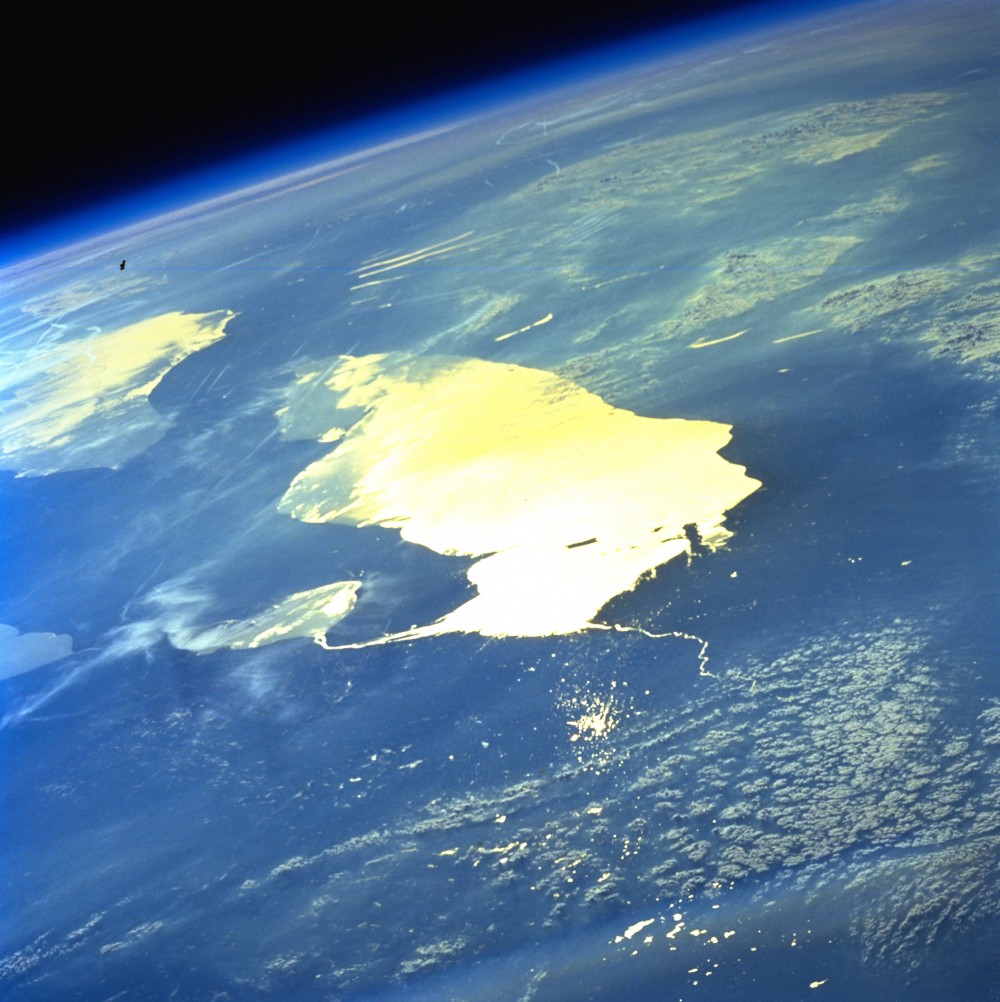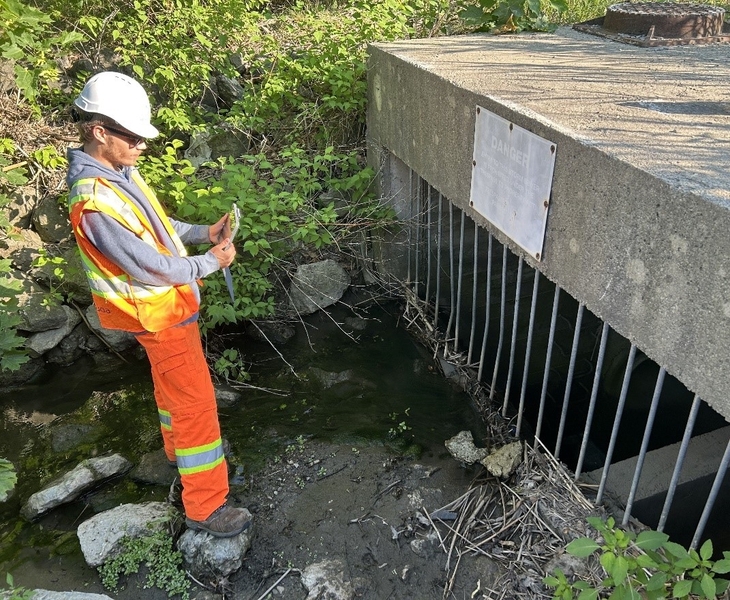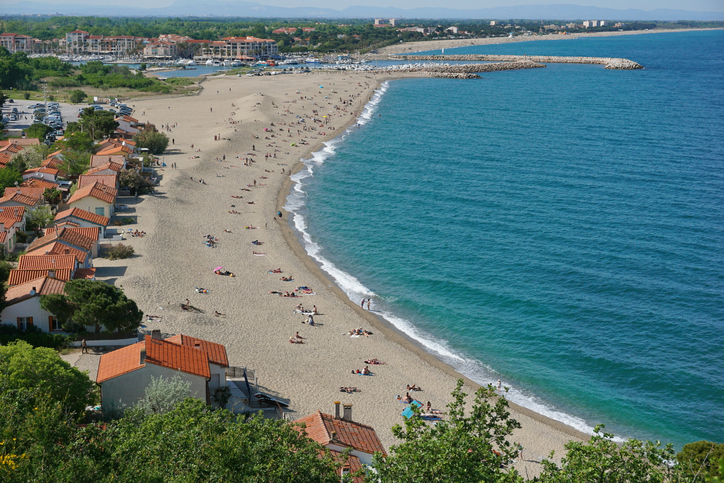Researchers are developing a warning system to for water utilities in Ohio that will notify them of hypoxic water near their intakes from Lake Erie reports the Great Lakes Echo.
The project has received $1.5 million in federal funding. “We do a whole range of things, we deal with invasive mussels in the lake, we do models like this one, or predicting ice patterns, the possibility of Asian carp getting in the lake,” said Craig Stow, to the Echo.
Stow is an aquatic ecosystem modelling scientists for the United States’ Great Lakes Environmental Research Laboratory (GLERL), a division of the National Oceanic and Atmospheric Administration. Also working on the project is Mark Rowe of the University of Michigan’s Cooperative Institute for Limnology and Ecosystems Research who specializes in the “application of biophysical models with the goals of understanding the dynamics of Great Lakes ecosystems, and of developing forecasts and applications to resource management.”
The model being developed by Rowe and Stow will only work for Lake Erie as the predictive modelling is specific to the interaction of Erie’s specific geology, hydrology, and atmospheric conditions. The Echo reported that Stow expects it will take 5 years to fully to develop the model, with an experimental version in effect within 2–3 years.
Speaking to the Echo, Rowe said, ““By having advanced warning of times when their water intakes may be affected by hypoxic water, these water systems will be able to better prepare for the changing conditions and be able to better insure a continuous supply of high quality drinking water to the public.”
Hypoxic water poses problems for utility managers in that its low oxygenation affects the turbidity and flavour of the water. It poses larger problems in the broader ecosystem. Water with depleted oxygen strains fish populations and other oxygen-dependent organisms.
Predictive models of Great Lakes hydrologic and atmospheric interactions are the focus of a number of innovative projects. Water Canada recently reported on one, the development of TC-3D-GLARM, which scientists believe will more accurately predict interactions between the atmosphere and water systems in the Great Lakes. TC-3D-GLARM improves simulations of climatology and spatiotemporal variability of thermal structure and ice in the lakes, particularly in comparison to the conventional coupled, 1-D simulations.
Read the Great Lakes Echo’s full article.









